.png)
Most people don’t put a lot of thought into the way that they get around. As humans, we learn to walk from a very young age and we use our basic motor skills all the time. So, for most people, it’s difficult to imagine being in a situation where these basic functions are impaired. However, for someone with COPD, problems with mobility, balance, and coordination can be a daily struggle. Healthy, functioning lungs are essential for physical exertion, no matter how little it may be.
A study on pubmed.gov followed COPD patients over the course of six months and found that about one-third of them experienced a fall at some point. The same study also states that COPD is one of the chronic conditions with the highest fall rates, right behind osteoarthritis, a very common degenerative joint disease that’s caused by the wearing down of cartilage on the bones.
Unfortunately, the high risk of falls in COPD patients is very much an under-discussed topic. That’s why, in this article, we’ll take a look at the main causes of falls and how you can avoid them. If you have any questions, please feel free to leave them in the comment section below and we’ll get back to you as soon as possible.
What Causes Balance Issues in COPD Patients?
COPD balance and coordination issues aren’t limited to one cause. There are many different factors that need to be considered in order to pinpoint and mitigate your risk of experiencing a fall. Comorbidities, age, COPD stage, and environmental factors can all play a role, so it’s important to be open-minded about possible prevention methods.
Low Blood Oxygen Levels
Oxygen is a vital resource for your body. It’s used to break down stored energy that you get from food and convert it into usable energy for every cell in your body. Since COPD patients have impaired lung function due to excessive inflammation, medical oxygen can be used to lessen the load on the lungs and ensure that your blood oxygen levels stay within a normal range. Contrary to what many people believe, there are no “side-effects” of medical oxygen. As long as you’re using it as prescribed, medical oxygen will only benefit you.
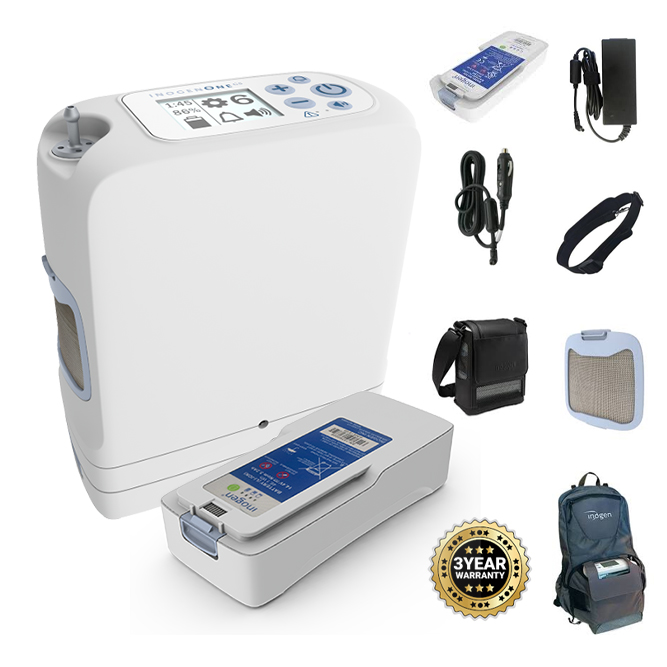
When it comes time to buy an oxygen device, you’ll have several options. Oxygen tanks, liquid oxygen tanks, and oxygen concentrators are all popular options. However, portable oxygen concentrators will be the best option for most oxygen patients because they’re lightweight, small, and easy to carry as you go about your day. The Inogen One G5 and Caire FreeStyle Comfort, for example, are two of the most popular options because they have a high oxygen output, and they both weigh under 5 pounds.
{{cta('fa8abc2a-1e88-4fa3-82fd-1cb5b9ed43b2','justifycenter')}}
Another great option if you have higher oxygen demands is the Respironics SimplyGo. This is the lightest continuous flow portable oxygen concentrator and it offers up to 2 liters per minute (LPM) of oxygen. The Respironics SimplyGo can either be carried on your shoulder with the adjustable strap, or it can be wheeled behind you using the rolling cart. Be sure to speak with one of our respiratory specialists here at LPT Medical to learn which portable oxygen concentrator is right for you.
Peripheral Edema
"Edema” is a term that refers to swelling, usually due to the buildup of fluid. Peripheral edema occurs when fluid begins to accumulate in an extremity away from the heart such as the hands, feet, or legs. While this condition can happen to anyone, it’s more common among COPD patients and it can be a warning sign of several serious medical conditions including pulmonary hypertension (high blood pressure in the lungs) and cor pulmonale (right-sided heart failure).

Another problem that can be caused by edema is problems with balance and coordination. This condition often develops slowly and without the patient knowing, so you might start losing control of your balance without knowing it as well. Oftentimes, people first notice that there’s a problem when their shoes or clothing don’t fit anymore. In order to avoid this situation, check your legs and feet daily for swelling, redness, or pitting. This is when you press your skin and it leaves an indentation.
Malnutrition
COPD patients are more likely to experience malnutrition than the general public. There are many possible reasons for this, but a loss of appetite, changing food preferences, and problems with digestion are among the most common causes. COPD patients often find themselves in a difficult situation where they’re hungry but aren’t in the mood to eat because it can leave them feeling bloated and exhausted.
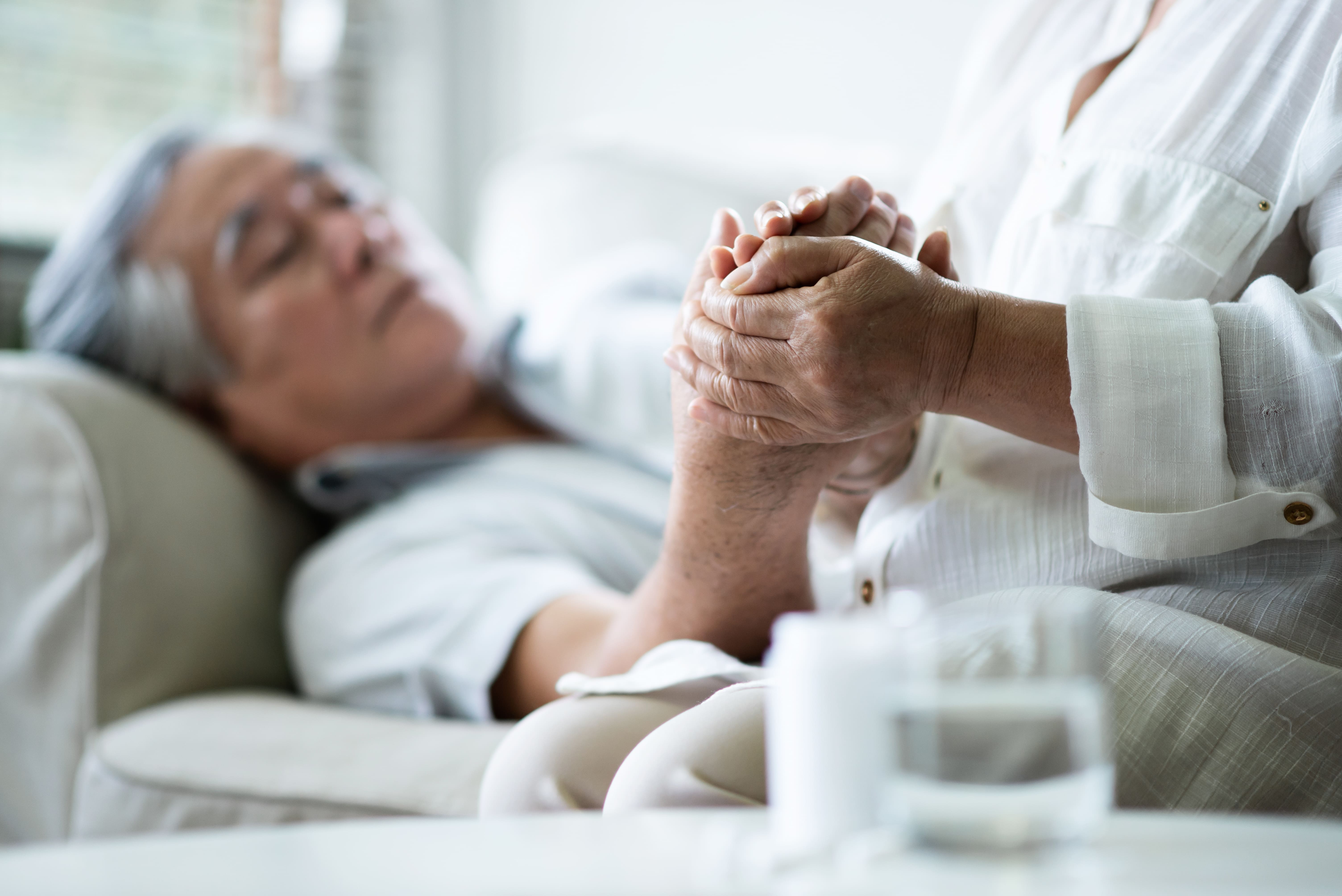
One significant concern is something called muscle atrophy (muscle wasting). Many people are under the impression that they’re losing fat, but it’s actually muscle weight that they’re losing. Inevitably, this can lead to problems with balance, coordination, and exercise tolerance. This is why it’s so important for COPD patients to consume enough protein. Today’s Dietician recommends you get at least 20 percent of your calories from protein.
Medication Side-Effects
Every medication has side-effects, including those used to treat COPD. One of the most common inhaled COPD medications, bronchodilators, are used to open up the airways helping you to breathe easier. However, bronchodilators have a number of adverse side-effects including but not limited to trembling, muscle cramps, and nausea, all of which can contribute to balance problems and even result in serious falls.
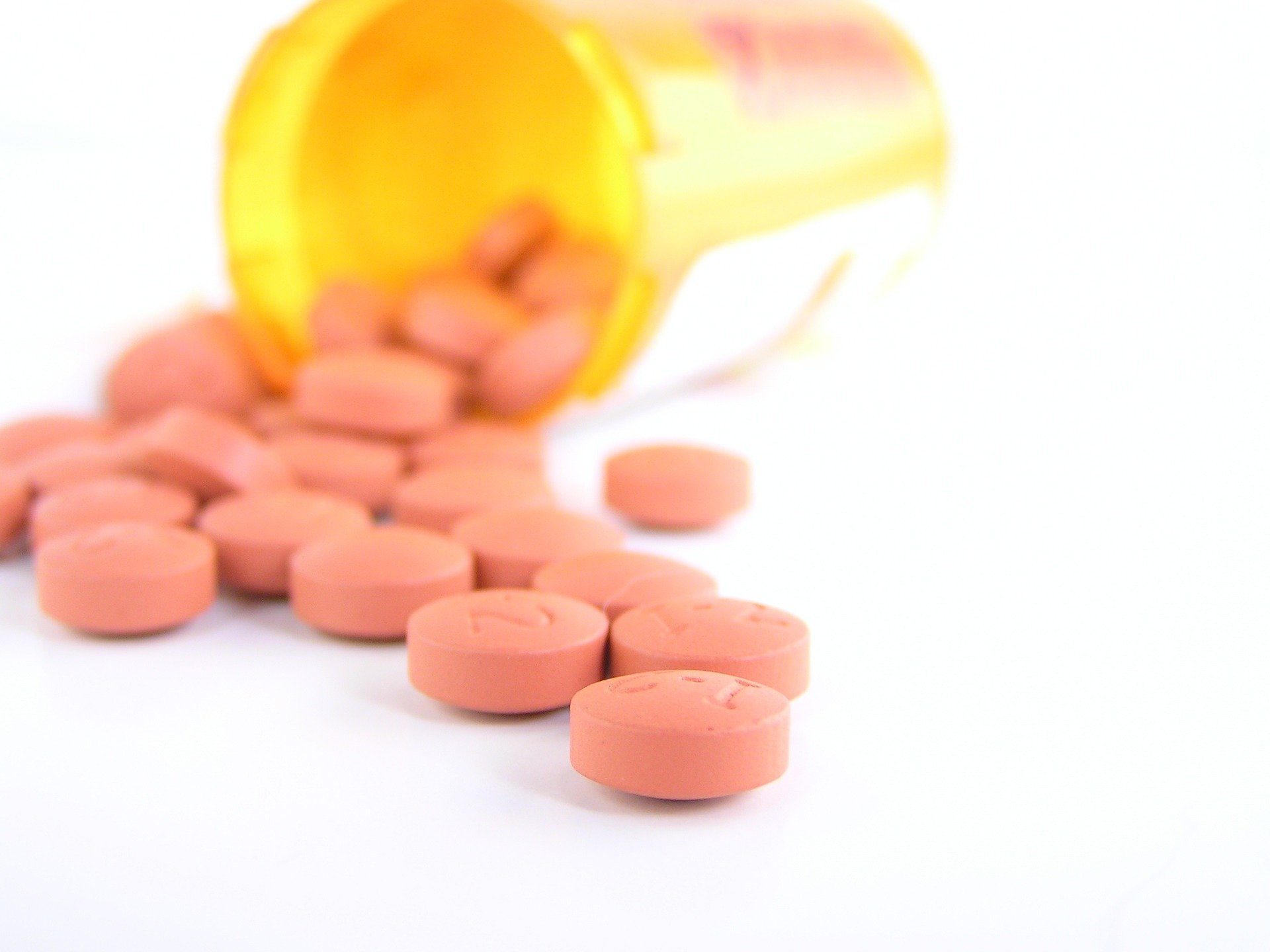
Just like with oxygen, it’s important to use medication only as it’s prescribed by your doctor. What’s more, you should be cautious about the way you use it. For example, if you’re using a bronchodilator, try sitting down beforehand. This way, if you start feeling dizzy or lightheaded, you won’t run the risk of falling down. Bronchodilators are fast-acting, so if you feel okay after a couple of minutes, you can stand up and go about your business.
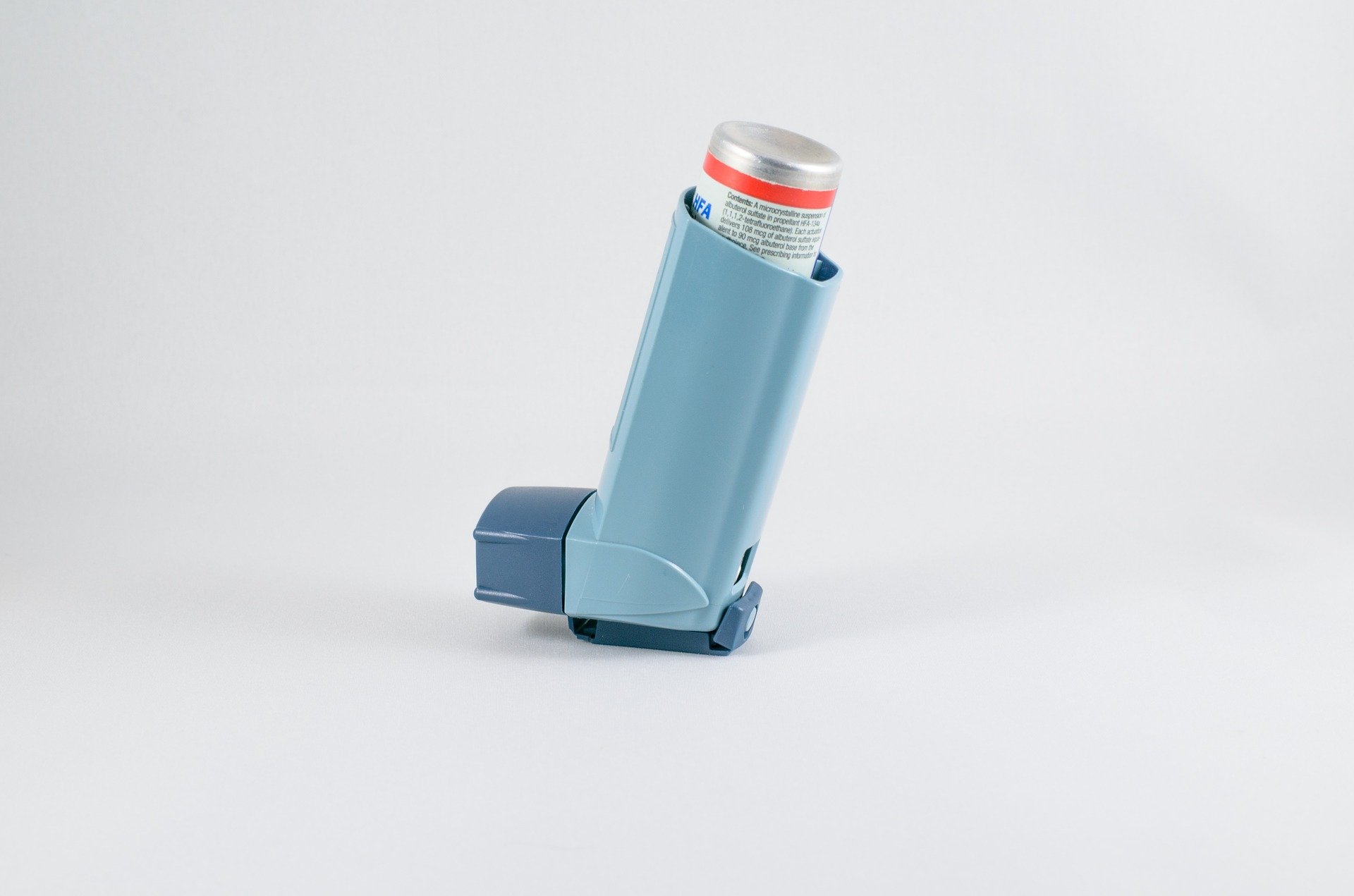
Corticosteroids are another popular medication used to treat COPD. These are a type of steroid that is used for the long-term treatment of COPD and asthma, and they help to reduce inflammation and tightening in the airways and lungs. However, corticosteroids used in large doses can contribute to bone deterioration and the development of osteoporosis. This condition not only increases your risk of falls, but it also increases your risk of experiencing bone fractures after falling.
Sedentary Lifestyle
Living a “sedentary lifestyle” means not getting up and moving around very often. Many people become more sedentary the older they get and developing a chronic condition like COPD can cause someone to become sedentary as well. The problem with this is that it can lead to a lot of health issues, one of which is an increased likelihood of experiencing a fall. This study found that physical activity is associated with better balance and slowing the rate of physical deterioration in older adults.

Environmental Factors
All of the issues above are caused by the symptoms of COPD and COPD treatment. But you also need to consider how your environment is contributing to your risk of falls. Living in a home that is cluttered or not designed to accommodate someone with a chronic respiratory disease can put you at a higher risk of falling.

Since it’s winter, there are also environmental factors related to the weather. According to the World Health Organization (WHO), 56 percent of all falls occur outside the home such as in the yard, on the sidewalk, or in a public area. So before you go anywhere, you should consider what obstacles will be presented and how you can navigate them safely without experiencing a fall.
{{cta('b59df0c1-c4de-47a8-8e1c-0d33d4b414aa','justifycenter')}}
What Can Be Done to Prevent Falls With COPD?
Although falls are very common in COPD patients, the good news is that they’re highly preventable. Just a few small adjustments to your lifestyle could make a huge difference but you need to know what’s causing them in the first place.
Carry a Pulse Oximeter
A pulse oximeter is a small electronic device that slips over your finger and tells you your blood oxygen levels. It is a non-invasive device, meaning you won’t need to draw blood in order to use it. It works by passing light through your finger and calculating your blood oxygen levels based on the amount of light that’s absorbed by oxygenated or deoxygenated blood. Pulse oximeters are lightweight and portable medical devices.
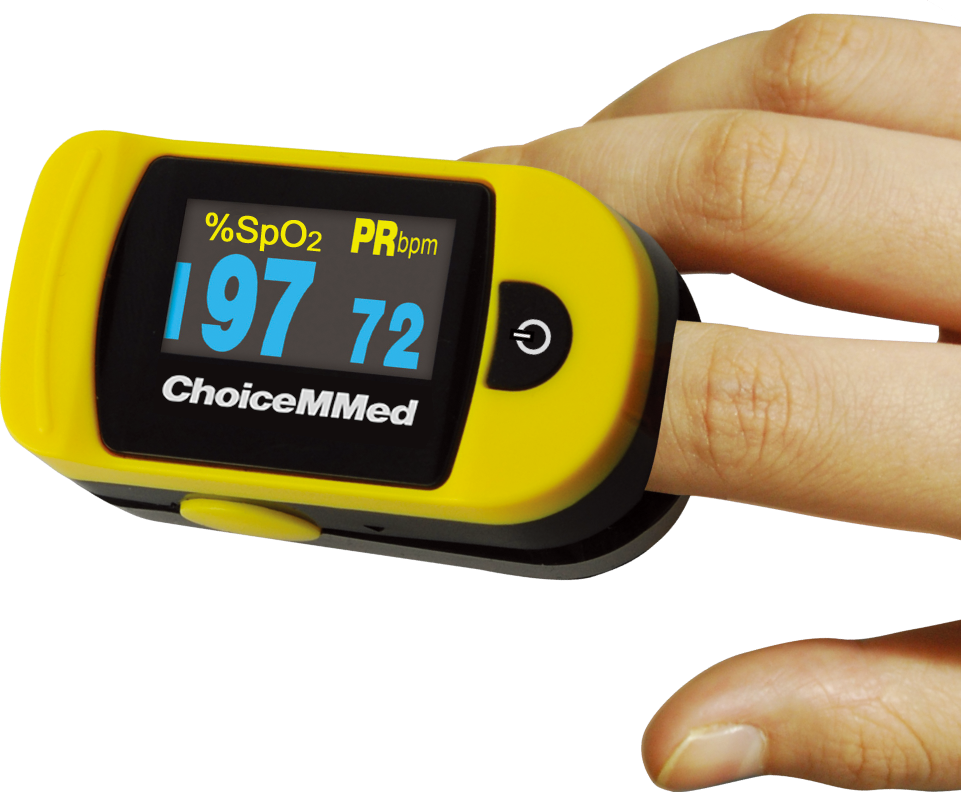
The reason it’s so important to have a pulse oximeter is to be able to check your blood oxygen levels and heart rate, especially when you’re away from home. Just a quick pulse oximeter reading and you’ll know exactly what adjustments you need to make to your oxygen therapy device. Pulse oximeters are usually recommended over arterial blood gas analysis (ABG) because they’re less intrusive and you receive your results almost instantaneously. The quality of the device matters too, so be sure to spend some time looking for a pulse oximeter with good reviews.

ABG analysis and pulse oximetry also differ in terms of the information they provide. While a pulse oximeter just reads the percentage of hemoglobin in the blood that is saturated with oxygen (SpO2), ABG tests will provide you with a whole host of information including blood alkalinity, the partial pressure of CO2 and oxygen (PaCO2 and PaO2), and much more. This information is useful for other reasons, but it’s not necessary if you’re just trying to maintain your blood oxygen levels.
Carry a Medical Alert System
A medical alert system or personal emergency response system (PERS) is a small device that’s worn around your neck or on your wrist. If you ever experience an emergency like a fall or a COPD exacerbation, simply press the button on the device and a notification will be sent to a 24/7 call center. Once the notification is received they will call 911 and emergency medical personnel will be sent to your home immediately.
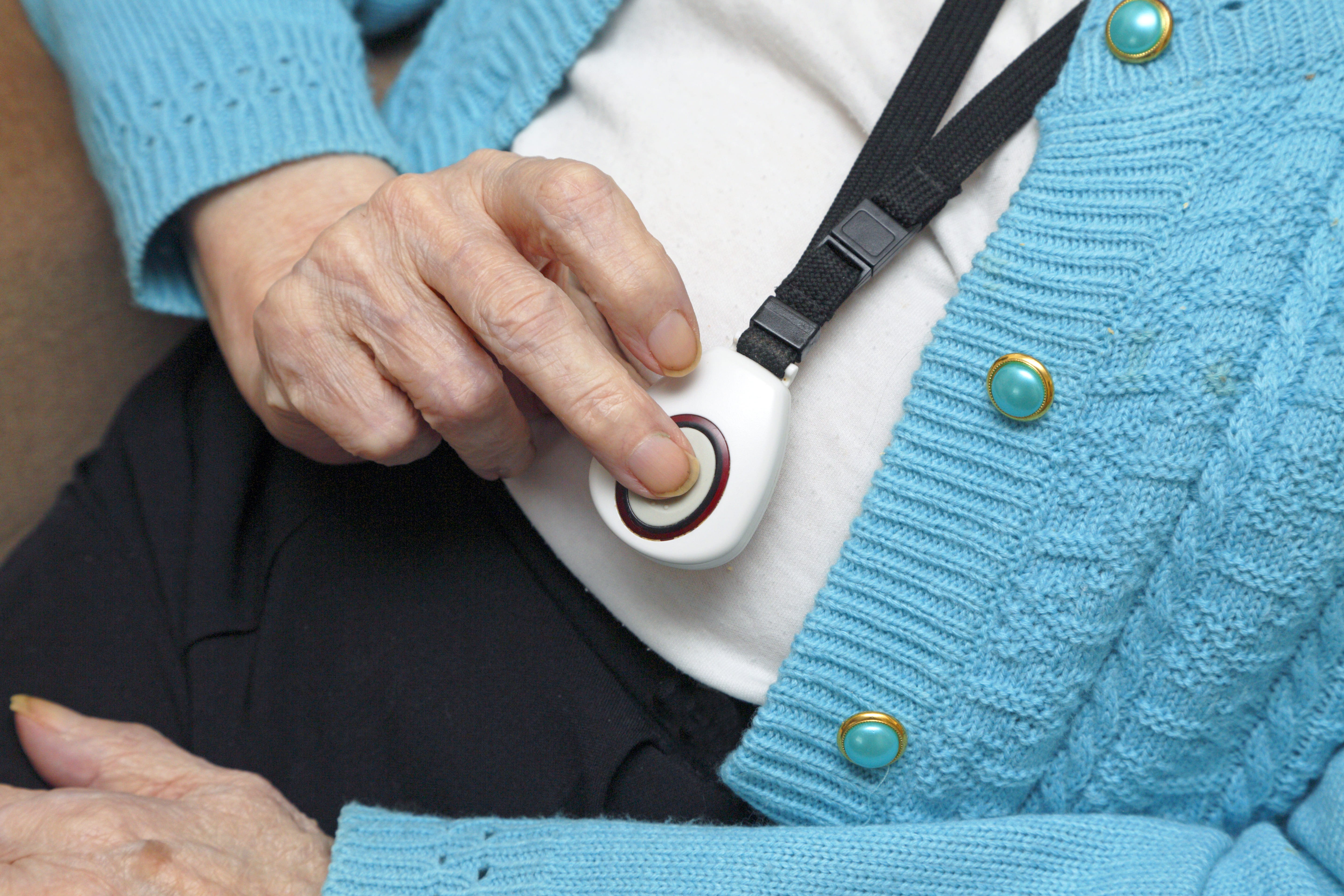
Adjust Your Eating Habits
As aforementioned, many COPD patients are underweight. As respiratory symptoms get worse, many people find it difficult to eat a full meal without feeling bloated and tired. One of the best ways to deal with this is to spread your meals throughout the day rather than having one or two bigger meals. This will give your body lots of time to digest rather than having to do it all at once.
![]()
Another reason to spread your meals out is that it helps you avoid the temptation to eat unhealthy foods. When you’re feeling hungry and lacking energy, you’re more likely to give in to foods that will provide you with a quick energy boost. These foods are usually high in sugar and other unhealthy ingredients which can exacerbate COPD symptoms and leave you feeling drained.
Get Active
Many people are under the impression that the sole purpose of pulmonary rehabilitation is to improve lung function. And while that may be the most important reason, it’s not the only reason. Even a moderate form of exercise can provide some major benefits as long as it’s done consistently. According to the Mayo Clinic, regular exercise helps prevent a whole host of health problems, including but not limited to high blood pressure, type 2 diabetes, depression, and heart disease.
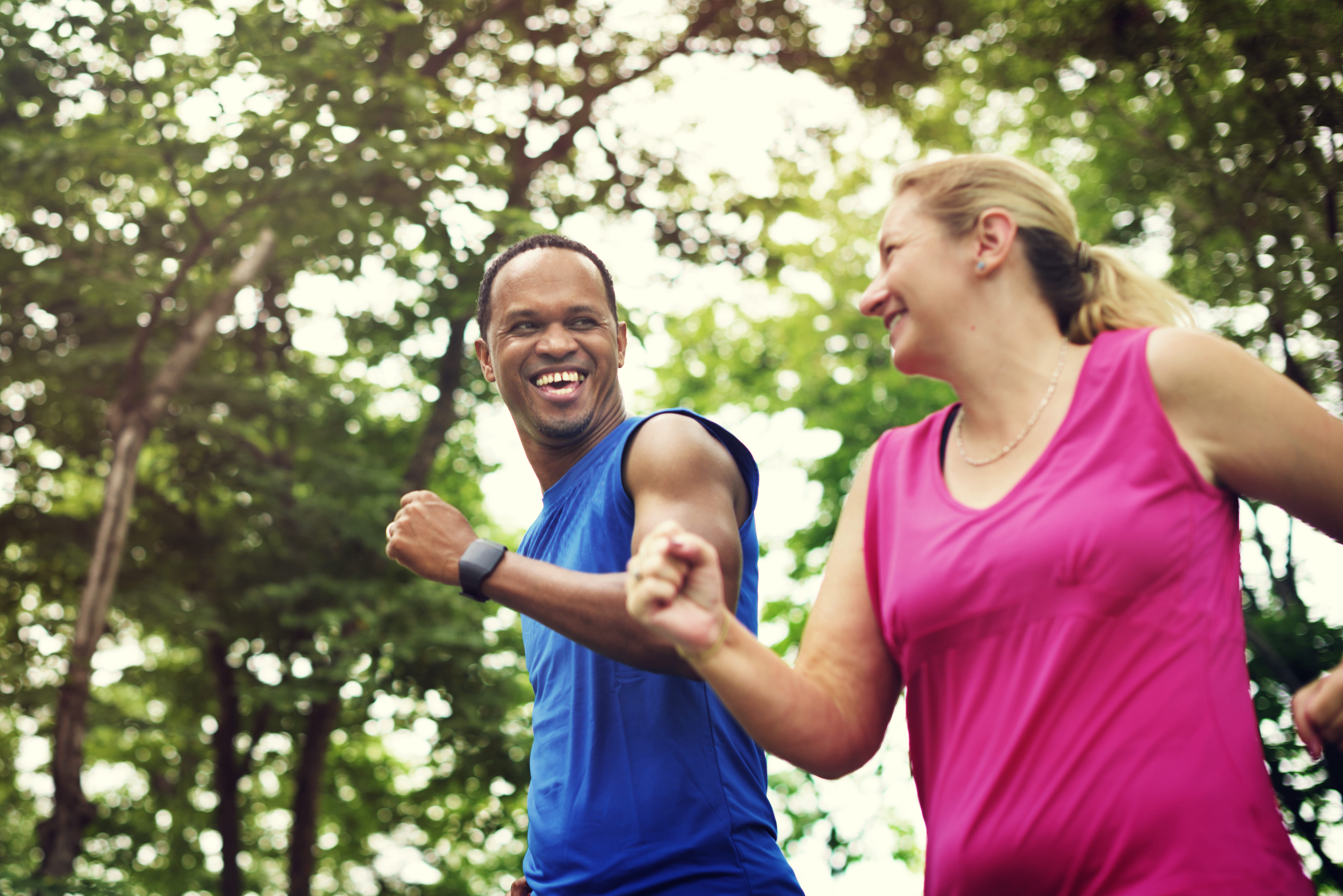
Another reason for COPD patients to exercise is that it increases their muscle tone, thus increasing their oxygen efficiency. As a COPD patient, you want every muscle in your body to be strong not only to improve balance and posture but to reduce the amount of oxygen required for getting around. Exercise also improves blood circulation which is very important for maintaining your mobility.
Create a Safe Living Space
No matter whether you live alone or with friends or family, making adjustments to your living space can go a long way towards preventing falls. Keeping your home organized and free of debris will give you fewer obstacles to trip over or navigate around as you go about your daily life. Many falls occur in the bathroom, so that might be the best place to start with. Another way to create a safe living space is to install mobility aids such as hand railings, stairlifts, or ramps.

Address Your Concerns With Your Doctor
Anxiety is associated with an increased risk of falls, so if you have concerns about balance or coordination issues caused by COPD or your COPD treatment plan, you should address them with your doctor immediately. Chances are, the feelings you’re experiencing are perfectly normal and your doctor might be able to make changes to your medication, exercise, or diet plan in order to improve your balance. As the saying goes, there’s no such thing as a “stupid question” especially when your health is concerned.
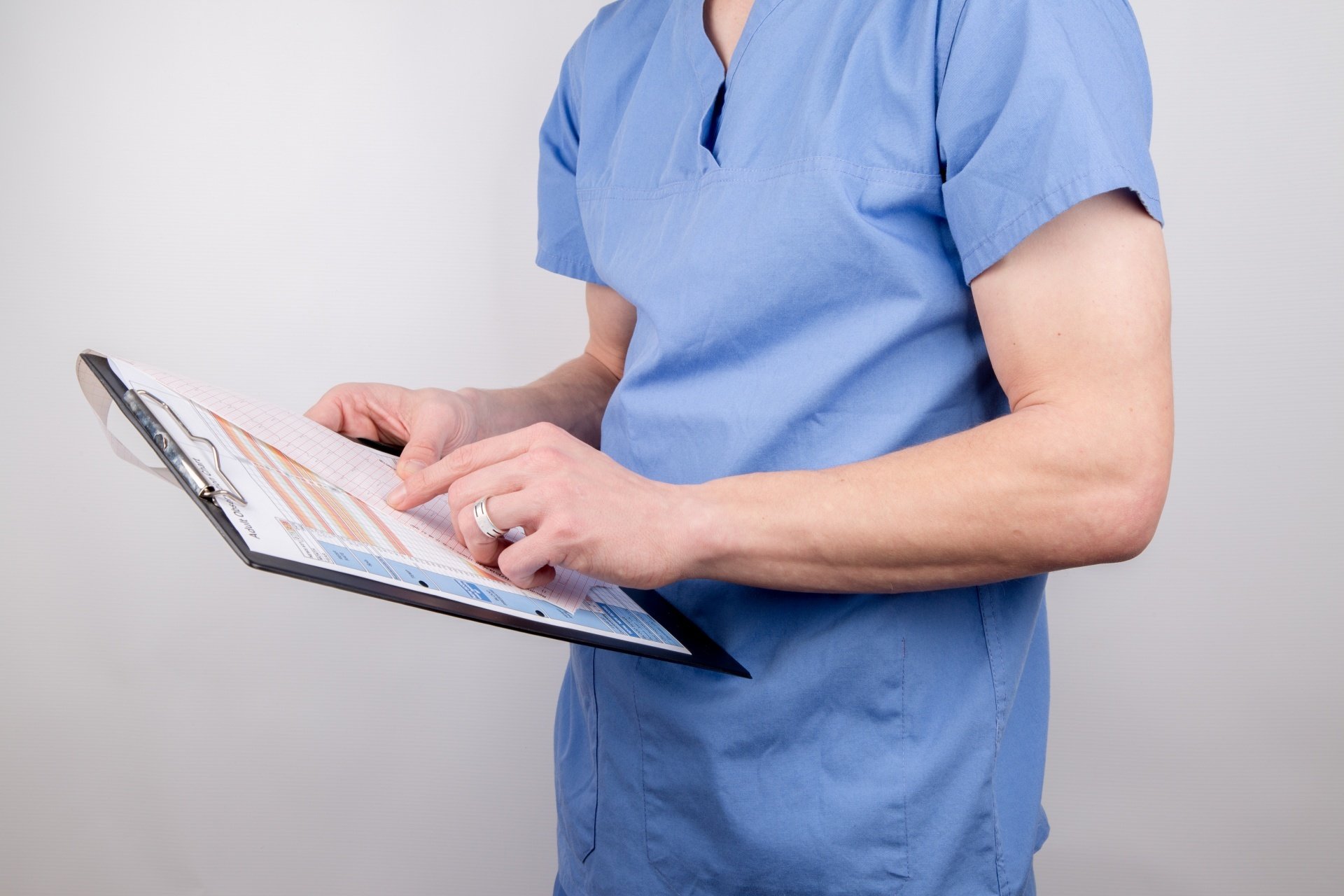
Conclusion
Although COPD is a leading morbidity in the United States, many people are not fully aware of what it’s like to live with this disease. Balance and coordination issues are pervasive among COPD patients and they become more prevalent with age and as the disease progresses. The tips outlined above will help you mitigate the risks of falls.
Here at LPT medical, we want you to be educated about your disease so that you can make the best decisions for your long-term health. We carry a wide range of portable oxygen concentrators from popular brands like Caire Inc., Inogen, and Respironics. And we take pride in providing oxygen patients all over the country with reliable lightweight devices that help them get around more easily while limiting the risk of a fall.
If you’re interested in our portable oxygen concentrators for sale, please reach out to us either by phone or by email.


 So we can find the best portable oxygen concentrator for your needs!
So we can find the best portable oxygen concentrator for your needs!







